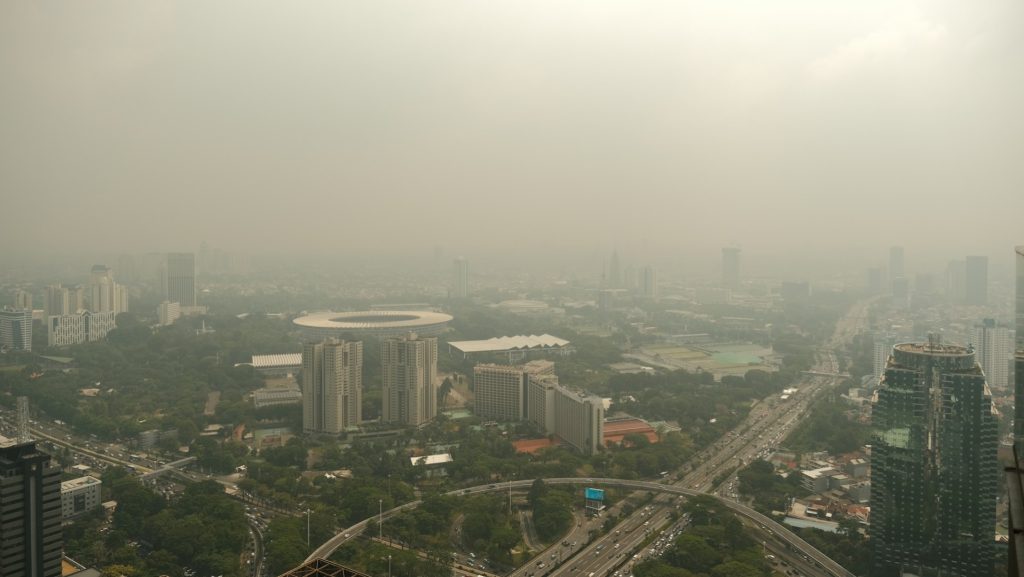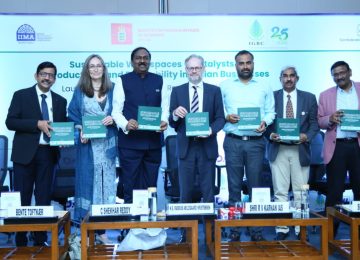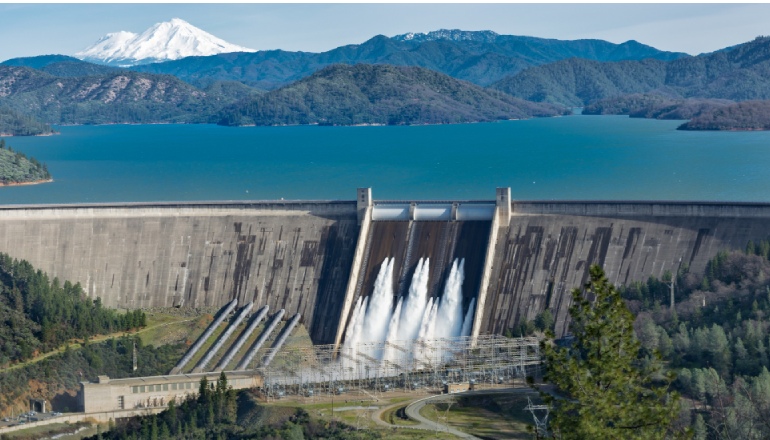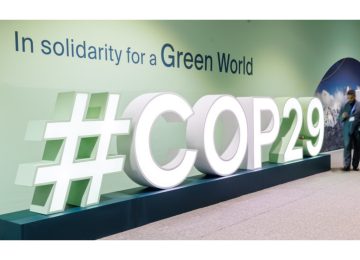The Graded Response Action Plan (GRAP) remains vital as Delhi’s severe air pollution threatens public health and the economy. Rising pollution has prompted authorities to enforce Stage 3 of GRAP—triggering strict restrictions on construction, transport, and public activities. This escalation exposes gaps in pollution management and demands urgent, rigorous intervention to safeguard residents and economic productivity.
The crisis underscores the urgent need for enhanced regulatory enforcement and sustainable solutions to break Delhi’s annual pollution cycle.
Data: Alarming casualties
One in every 7 deaths in Delhi is connected to PM2.5 exposure. That is approximately 15% of all deaths in Delhi in 2023 as per the Global Burden of Disease (GBD) study by the Institute for Health Metrics and Evaluation (IHME).
This equates to about 17,200 fatalities, accounting for an increase from 15,786 deaths in 2018. Chronic exposure to PM2.5 exacerbates respiratory diseases, cardiovascular conditions, strokes, and lung cancer. It worsens the overall disease burden and inflates Disability-Adjusted Life Years (DALYs) lost to nearly 490,000 years in the Delhi population.
These findings highlight air pollution as the single largest health risk in Delhi, with substantial year-on-year increases despite policy interventions.
The public health crisis stemming from air pollution has resulted in a significant economic toll for Delhi, estimated at 5.8% of its GDP (approximately $3.5 billion), incurred through medical costs, lost productivity, and related economic disruptions.
On a national scale, the impact is even more severe: 1.72 million deaths across India were attributed to PM 2.5 exposure in 2022, marking a 38% rise since 2010, according to the 2025 Lancet Countdown report. The corresponding national economic cost is estimated at $340 billion, which is approximately 9.5% of the country’s GDP.
Meanwhile, the top 5 major contributors to Delhi’s elevated PM2.5 levels are:
- Road dust and construction activities: 30-38%
- Vehicular emissions (transport): 17-23%
- Residential heating and local organic waste burning (winter seasonal): 20-24%
- Industrial emissions (including power plants): 10-15%
- Agricultural stubble burning in neighboring states (seasonal peak): 35-45%
As construction activities are the leading cause, let us look at the impact, the measures and the gaps.
GRAP Measures for the Construction Sector
Introduced post-2016 Supreme Court directives, GRAP constitutes a tiered response mechanism calibrated to the severity of air pollution levels measured via the air quality index (AQI). It has four escalating stages:
- Stage I: Mild interventions including dust suppression.
- Stage II: Enhanced construction site controls and public advisories.
- Stage III: Bans on non-essential construction and demolition.
- Stage IV: Vehicular restrictions and shutdowns of certain polluting activities.
Impediments
While GRAP has intermittently reduced AQI spikes, overall pollution levels remain hazardous. Short-term gains are undermined by several factors.
- Enforcement gaps due to fragmented jurisdiction among multiple agencies.
- Lack of continuous, year-round emission controls.
- Insufficient independent, transparent audits and penalties.
- The blanket bans sometimes lack nuance, highlighting the need for more adaptive enforcement based on real-time data.
- Compliance audits are conducted by statutory bodies like the Commission for Air Quality Management (CAQM) and Central Pollution Control Board (CPCB), with limited third-party oversight.
These gaps underscore the criticality of developing a robust audit ecosystem which should include a) Independent third-party verifications b) Publicly accessible real-time compliance dashboards c) Clear punitive provisions tied to audit outcomes and d) Integrated accountability matrices spanning municipal bodies, enforcement agencies, and developers. This would significantly increase transparency in pollution control.
However, with the increasing pollution levels, Delhi has recently moved to the imposition of stage 3 of GARP. The industry has varied take on the same.
Pradeep Aggarwal, Founder & Chairman, Signature Global (India) Ltd says, “As a responsible developer in Delhi-NCR’s real estate market, we fully support the government’s decision to implement Stage III of the GRAP to safeguard public health. While temporary restrictions on construction may cause short-term adjustments, such measures are important for ensuring environmental sustainability and public well-being.”
Another industry veteran, Ashok Kapur, Chairman, Krishna Group and Krisumi Corporation, added, “As a law-abiding corporate organization, we are fully committed to adhering to the GRAP norms in both letter and spirit. However, several studies have indicated that the construction sector is not among the biggest contributors to pollution. Imposing a blanket ban therefore disrupts construction timelines, ultimately affecting homebuyers and retail customers. More importantly, it impacts the livelihoods of one of the most vulnerable sections of society — the labor workforce.”
Our take
Strengthen Continuous Enforcement: Shift from episodic, crisis-triggered GRAP actions to a continuous, data-driven real-time air quality monitoring at source levels, including construction sites.
Enhance Audit and Accountability Framework: Establish independent audit bodies empowered to publicly report compliance, enforce penalties, and certify pollution control technologies and practices by developers.
Tailored, Site-Specific Controls: Leverage granular monitoring data to allow low-emission construction projects to continue under strict guidelines, ensuring balance between development and environmental protection.
Policy Incentives: Promote adoption of dust control technologies and cleaner construction methods through subsidies, tax relief, or cleaner certification schemes.
Intersectoral Coordination: Strengthen coordination among Delhi-NCR, central agencies, urban local bodies, and private stakeholders to address cross-boundary pollution.
Without such measures, the city’s health crisis, economic losses, and compromised quality of life will only deepen, undermining the sustainable growth and livability essential for India’s capital.












